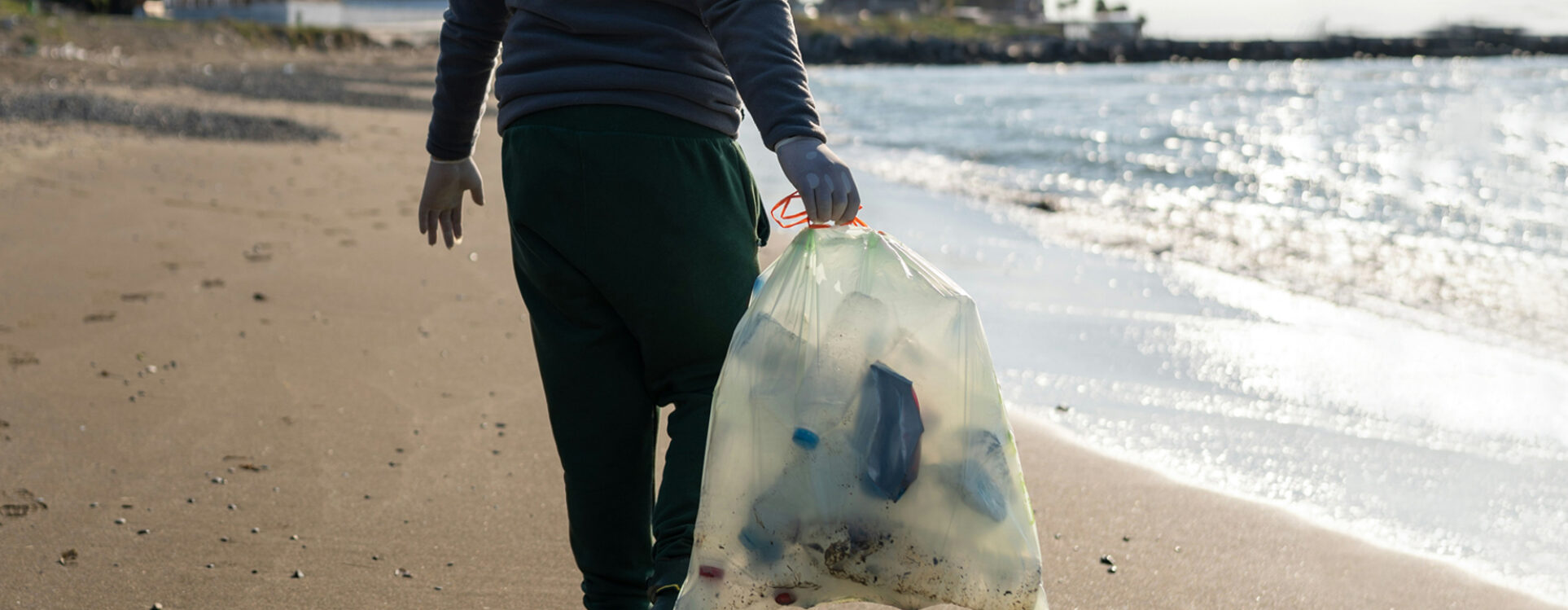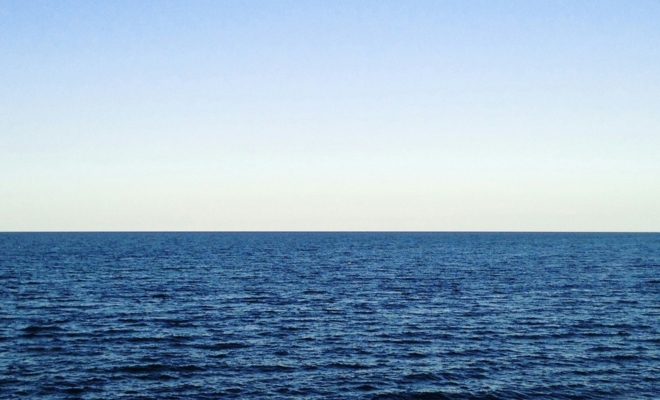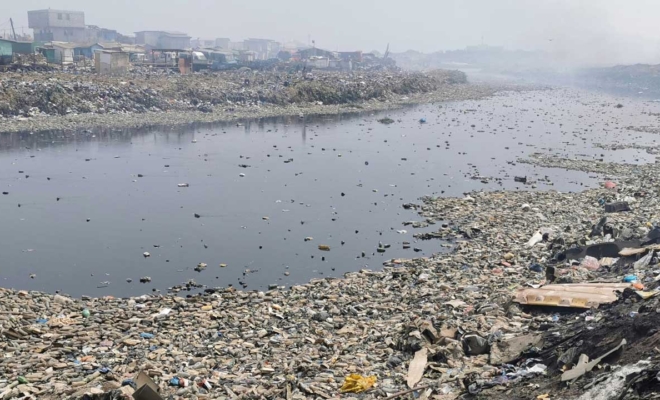Never before has the land-sea interaction been discussed so widely. The effects of human activity on the marine environment now play a central role in the latest scientific research on the biosphere. On one side, oceanographers are analysing the accelerated changes in ocean chemistry and dynamics; on the other, climatologists are integrating the immense marine mass into their water cycle analysis, which is increasingly disrupted by climate change. Both disciplines are progressing in parallel and converge on a key point: halting the degradation of marine biodiversity and mitigating global warming will only be possible by controlling human activity on land, its primary cause.
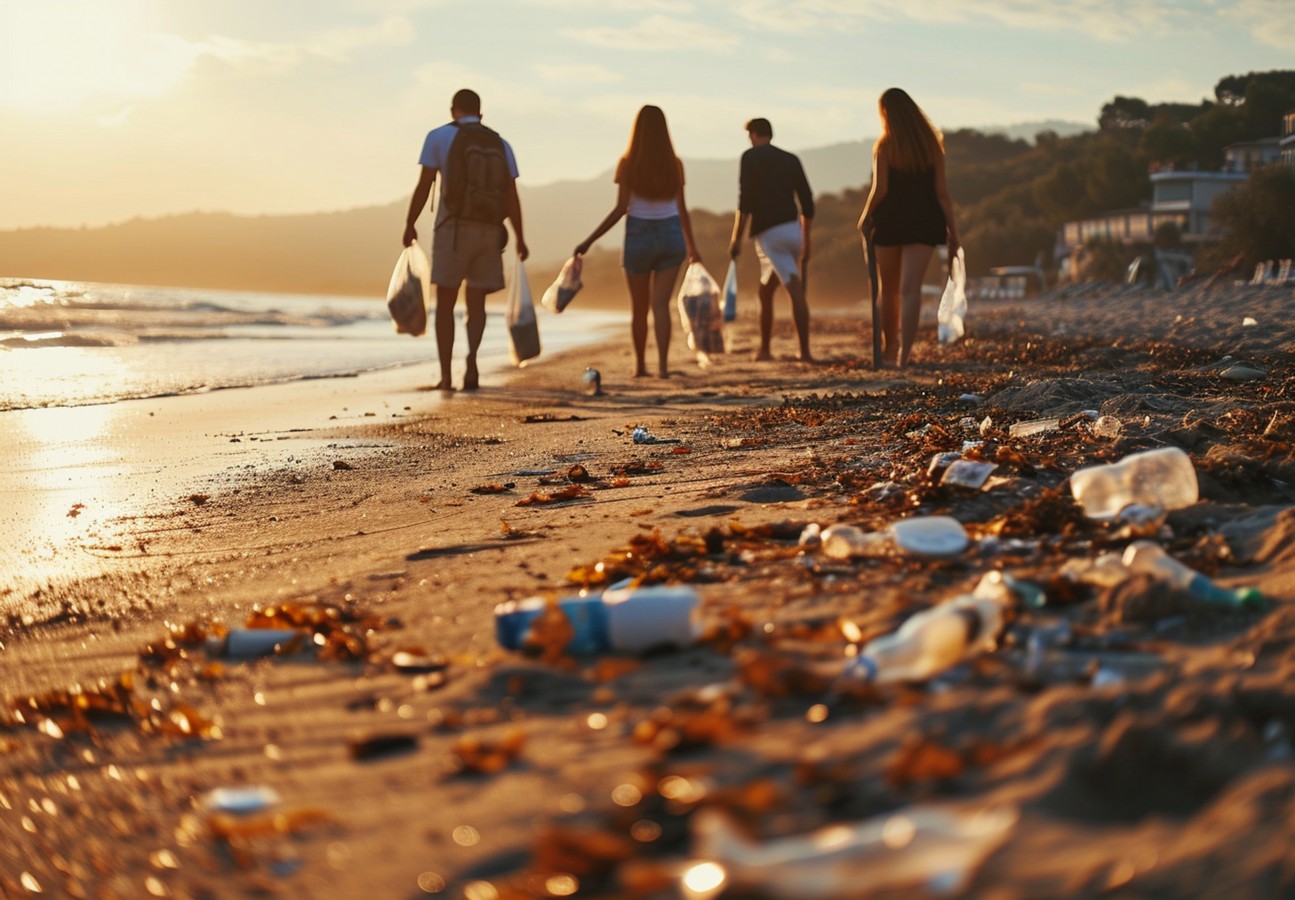
The pollution reaching Mediterranean beaches dramatises the direct consequences of human activity on land, but it also turns the shoreline into an open classroom for environmental awareness .© Freepik
A Miniature, Highly Stressed Ocean
Oceanographers pay special attention to the Mediterranean Sea because it presents almost every form of land-sea interaction on a small scale. Jordi Flos, an oceanographer at the University of Barcelona, describes it as “a miniature ocean” with a uniquely complex and vulnerable hydrodynamic system. “It’s a closed basin where more water enters than exits, as the sea loses water to the atmosphere through evaporation,” Flos explains. “There is constant exchange with the Atlantic Ocean via the Strait of Gibraltar. If the Strait were closed, the Mediterranean would dry out in about 100 years.” These characteristics make the sea especially vulnerable.
Like the Indian, Atlantic, and Pacific Oceans, the Mediterranean touches three continents, but it is the only one that does so simultaneously along the coasts of Europe, Asia, and Africa: to the north, Europe, with highly industrialised countries; to the south, Africa, with developing or undergoing transformation economies; and to the east, Asia, with territories marked by longstanding geopolitical tensions and humanitarian crises.
Major rivers — the Nile, the Danube, the Rhône, the Po, and the Ebro — connect the sea to vast inland regions. These waterways, along with smaller river basins also affected by industrial activity, form one of the main vectors of land-sea interaction in its most harmful form: much of the pollution they carry ends up being deposited in the Mediterranean.
There is also an added problem: the waters of the Mediterranean are among the fastest-warming in the world. As previously mentioned, this temperature rise increases evaporation and, with it, the presence of water vapor in the atmosphere — a factor that contributes to episodes of extreme rainfall and unusual storms, such as the devastating cyclone that struck Libya in 2023 or the flooding in Valencia in October of the same year.
Cities and Tourism: Relentless Pressure
Approximately one-third of the Mediterranean basin’s population lives in coastal regions, which are among the world’s most densely urbanised and tourism-driven areas. More than half of the coastline is urbanised in countries like France, Italy, and the Balkan states. This figure rises to 70% on Italy’s Adriatic coast, and in some island nations such as Cyprus, Malta, or Monaco, it reaches 100%.
According to the Mediterranean Observatory on Environment and Sustainable Development (Plain Blue), Mediterranean countries receive around 360 million international tourist arrivals yearly, representing approximately 27% of global tourism. This activity is concentrated mainly in the summer, intensifying pressure on coastal ecosystems and urban management systems.
This high human concentration along the Mediterranean shores significantly impacts urban sanitation management, especially amid increasingly intense storms linked to climate change. Downpours caused by violent rainfall often overwhelm sewage systems, leading to the discharge of pollutants into the sea. These runoff events carry solid waste, chemicals, microplastics, organic matter, and pathogenic bacteria, directly affecting water quality and marine ecosystems.
Although some cities have begun imposing penalties for littering, current measures remain insufficient given the scale of the problem. Urban and tourism planning must urgently adapt to this new climatic and ecological context by incorporating nature-based solutions and sustainable drainage systems.
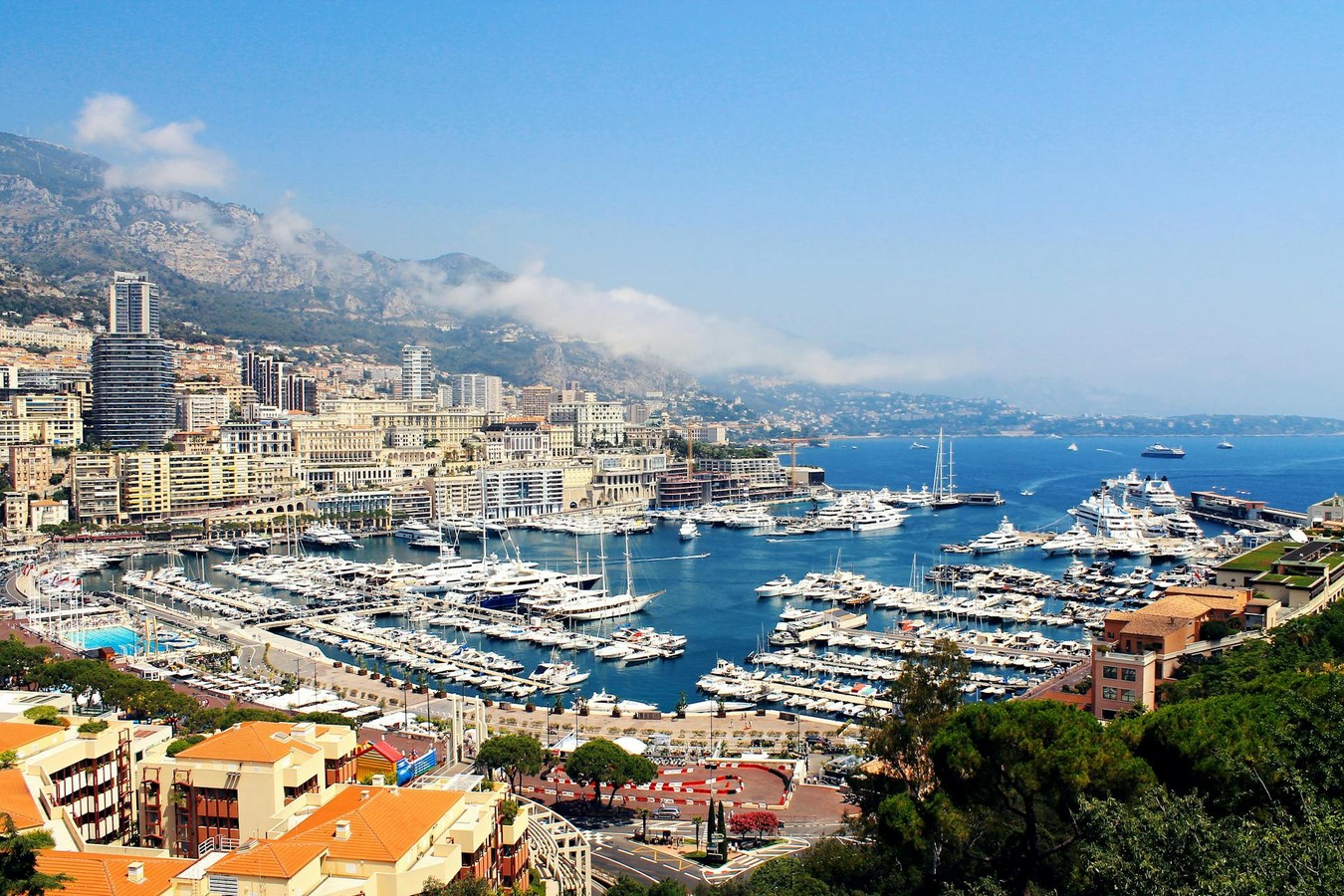
More than half of the coastline is urbanised in countries like France, Italy, and the Balkan states. This figure rises to 70% on Italy’s Adriatic coast, and in some island nations such as Cyprus, Malta, or Monaco, it reaches 100%. © pexels-jeshoots
What the Beaches Teach Us
Urban beaches reflect what happens out at sea: each tide or storm washes ashore an inventory of our daily consumption. What urban runoff carries ends up on the sand—plastic fragments, cotton swabs, wet wipes, packaging waste, microplastics, cigarette butts, and even pharmaceuticals. Beaches send us an environmental warning, revealing that water pollution knows no borders and respects no jurisdiction: plastics dumped in the Nile end up in the Balearic Islands; waste generated in Venice travels across the Adriatic to the Libyan coast; lost fishing nets from Málaga trap turtles in Greece.
Yet this mosaic of debris also offers a valuable learning opportunity: identifying what reaches the shoreline helps us understand its origin, link it to our daily habits, and foster behavioural change. This is why beach clean-up and active observation initiatives are so valuable. Increasingly, public institutions, private entities, and civil society organisations are promoting waste collection activities that become powerful educational experiences.
The Bluewave Alliance: Healing the Mediterranean
On the last World Water Day, we organised one of these initiatives in Barcelona. This city has become one of Europe’s leading hubs for observing urban water and sanitation issues. We joined the Bluewave Alliance, an initiative by ISDIN that promotes the ecological restoration of the Mediterranean through eight projects combining science, education, and active citizen participation.
On Sant Sebastià beach—one of the city’s most popular—we invited the public to a beach clean-up and offered an educational talk on marine pollution and its consequences. The high turnout demonstrated growing concern for the health of the sea and a growing awareness that our actions on land directly affect aquatic ecosystems.
Throughout the day, participants saw firsthand the large amount of waste on the sand, its origin, and its impact on biodiversity. We sorted plastics, cigarette butts, wrappers, utensils, and all kinds of solid waste, reflecting together on the most effective actions to reduce their presence and prevent them from reaching the sea.
These activities go far beyond a one-time gesture: they transform the beach into an open-air classroom for learning, understanding, and taking action. They are a powerful tool for making visible the connection between our habits and the state of marine ecosystems.
In the Mediterranean, virtually all land-sea interaction problems converge. Only an informed, engaged, and active public can generate the critical mass needed to promote good practices and demand that policymakers improve infrastructure, implement nature-based solutions, and foster responsible tourism.
The Mediterranean—and all the world’s seas—urgently need the transformative power of citizenship.


